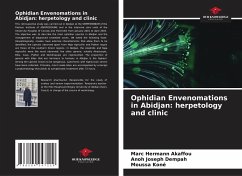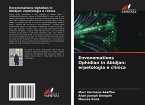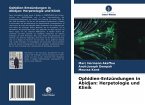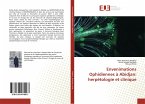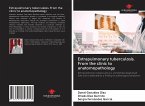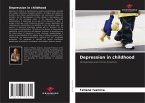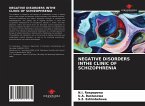This retrospective study was carried out in Abidjan at the SERPENTARIUM of the Pasteur Institute of ADIOPODOUME and in the intensive care units of the University Hospital of Cocody and Treichville from January 2001 to April 2003. The objective was to describe the main ophidian species in Abidjan and the management of diagnosed snakebite cases. We noted the following facts: Herpetologically, snakes have external characteristics that allow them to be identified; the species observed apart from Naja nigricollis and Python reguis are those of the southern forest regions. In Abidjan, the colubrids and Naja nigricollis were the most observed; the other genera, notably Atractaspis, Bitis, Caus, Python and Dendroaspis are represented. The proportion of genera with bites that are harmless to humans in Abidjan is the highest. Among the species known to be dangerous, specimens with highly toxic venom have been collected. Clinically, most snake bites are accompanied by a benign symptomatology that yields to symptomatic treatment after 72 hours.
Bitte wählen Sie Ihr Anliegen aus.
Rechnungen
Retourenschein anfordern
Bestellstatus
Storno

